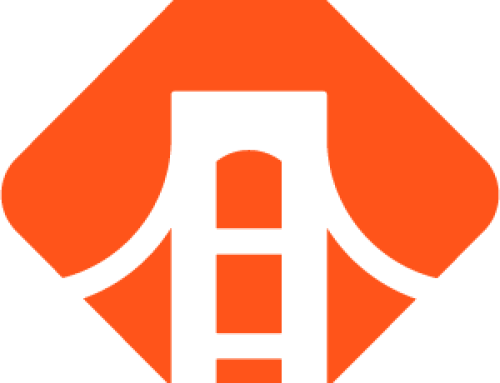The duo (Suzanne Rodriguez and myself) who developed the San Francisco Waterfront app learned a lot about mobile travel apps in the process: What makes a good app? What makes an app sell? How do you choose a topic and source images? How much content is required and who owns it? How long does it take to develop an app? How much should you charge, and how much money can you make?
The answers came with research and experience, and we found ourselves answering those questions for so many people that we decided to offer a class. But how to get the word out about it? We had already developed a website for the app, and, with a few simple modifications, the website also served as a base for information about the class.
Here’s how we did it:
Step 1. Set up one page specifically about the class with all the information needed for signup, including:
- Topics covered
- Class date, time, and location
- Class cost and cancellation policy
We also set up a second, private page with PDF maps showing the class location and nearby parking and lunch spots. As participants enrolled, we referred them to this additional information.
Step 2. Set up a PayPal account to accept payments and included a “Buy Now” link on the class page. Installing the PayPal button is a notoriously buggy procedure with some WordPress themes, and the Internet is full of advice for work-arounds. But the simplest solution is to take a screenshot of the “Buy Now” button and attach the snippet of code provided by PayPal.
In addition to handling all the monetary functions, we set PayPal to alert us when the class was almost full (the room we used only accommodates 28 students). That allowed us to get back to a few people who had asked us to let them know when only a few spaces were left.
Step 3. Promote the class using a link to the class web page. Facebook and Twitter were our main communication tools, but we also notified our personal contacts by email and made announcements in groups we belonged to.
Next steps: As we developed the class materials, we produced more than 60 pages of handouts for students. We’ll convert that info into an e-book, which we’ll make available—via the website—to both students and to the public.






